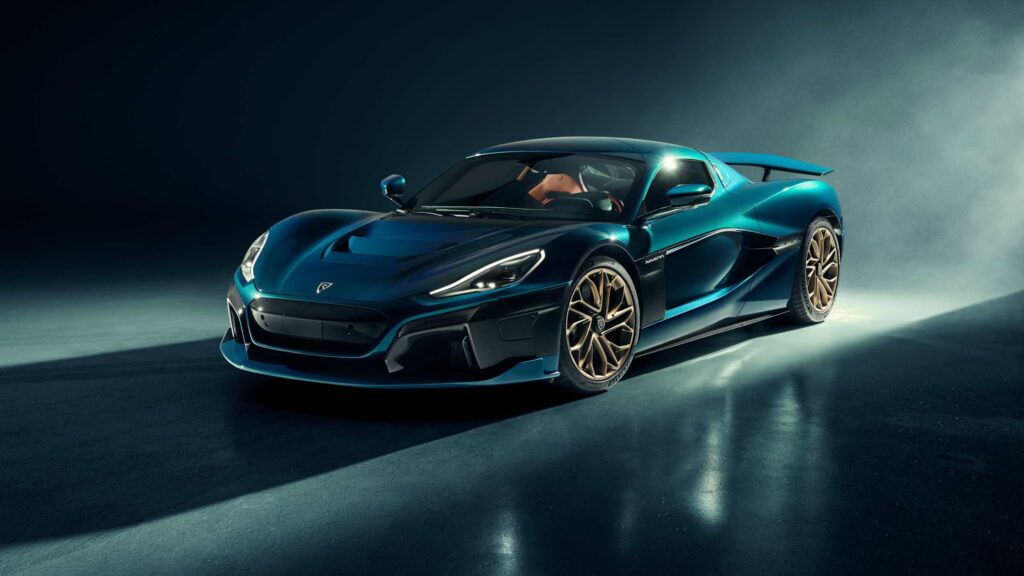
Electric Hypercars: Future Reality or Flash in the Pan?
The Case for Electric Hypercars as the Future
Skyrocketing Market Growth
The global hypercar market is forecasted to soar—from around USD 55 billion in 2024 to nearly USD 158 billion by 2034, a robust 11% CAGR, driven by electrification and tech innovations
Another forecast sees an USD 84 billion jump between 2025 and 2029, with a stunning 31% CAGRPerformance Redefined
Electric powertrains deliver instant torque—leading to mind-boggling acceleration and top speeds. For instance, the Rimac Nevera—a fully electric hypercar—packs 1,914 hp and zooms from 0–60 mph in just 1.85 seconds
The Lotus Evija, another electric hypercar, claims under-3-second 0–100 km/h times and a top speed of 217 mph
Concept EVs like the Lotus Theory 1 promise 986 hp, 0–60 in under 2.5 sec, and a WLTP range of ~250 milesInnovation Driver & Green Messaging
Electric hypercars are platforms for lightweight materials, AI-assisted driving, and aerodynamic breakthroughs.
They also serve as symbols of eco-luxury: zero emissions with hypercar performance appealing to a sustainability-conscious luxury market.
The Case for Skepticism: Why Some Say It’s Just Hype
Ultra-Niche, Ultra-Expensive
Hypercars are inherently exclusive and priced into the millions. That makes broad-scale adoption unlikely—and leaves them as collector possessions rather than mainstream offerings.Slow Real-World Uptake
Despite hype, actual demand is tepid. Rimac’s Nevera, for instance, had only delivered 50 out of a planned 150 units—CEO Mate Rimac notes many wealthy buyers still prefer the soul of ICE hypercars.Infrastructure & Technical Barriers
High-performance EVs demand superior charging infrastructure—currently lacking in many parts of the world. Battery limitations in terms of weight, range, and charging speed remain gaps to bridge.Traditionalist Sentiment Remains
Some enthusiasts and manufacturers still cling to ICE heritage and analog driving feel. The Lamborghini CEO has publicly argued it’s “too early” for fully electric hypercars. Likewise, nostalgic buyers continue to favor the visceral character of combustion engines.
Verdict: Future in the Making, But Not There Yet
Electric hypercars embody the future of performance—technologically advanced, electrifying, and sustainable. Market growth projections and standout models like the Nevera, Evija, and Theory 1 offer compelling proof-of-concept.
However, given their ultra-premium pricing, limited consumer base, infrastructure gaps, and emotional attachment to ICE hypercars, they remain a niche segment for now.
In short: EV hypercars are likely the future—but currently, a luxurious one limited to enthusiasts, early adopters, and the ultra-wealthy. As battery tech, charging infrastructure, and consumer sentiment evolve, look for wider—not necessarily mass—acceptance.
Summary Table
| Factor | Strength (Future) | Weakness (Hype) |
|---|---|---|
| Market Growth | Significant CAGR and investment | Still ultra-niche |
| Performance | Instant torque, extreme speed | Infrastructure constraints |
| Innovation | Materials, AI, sustainability | High cost, limited charging options |
| Buyer Sentiment | Eco-conscious luxury appeal | Many prefer analog ICE experience |
